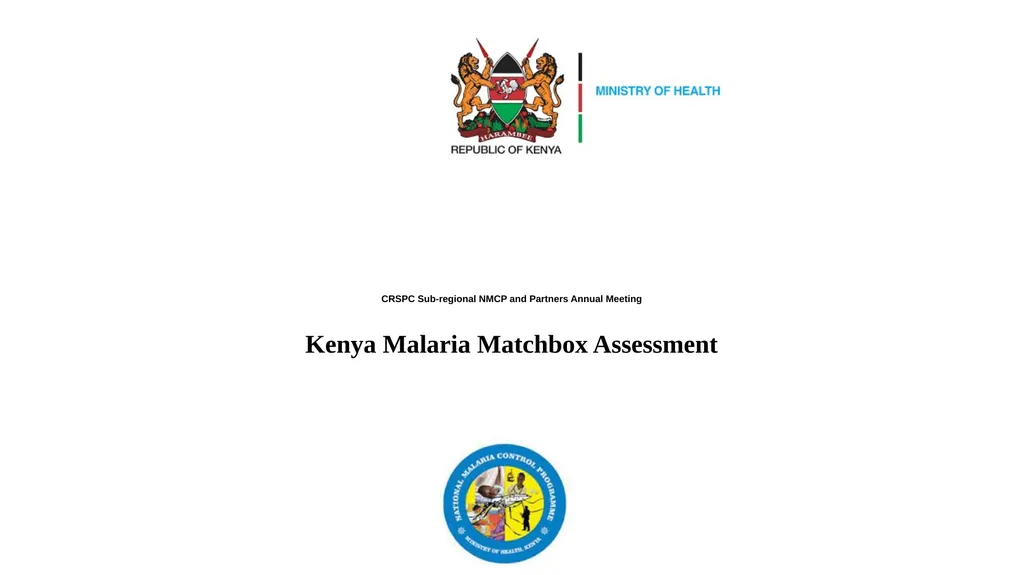
CRSPC Sub-regional NMCP and Partners Annual
Author: ellena-manuel | Published: 2025-07-18
Description: CRSPC Sub-regional NMCP and Partners Annual Meeting Kenya Malaria Matchbox Assessment Background Assessment identified barriers to utilization of malaria interventions among key vulnerable and disadvantaged populations in Kenya. Identifying
Download Presentation
Download the PPT/PDF: Download
Transcript:
Loading transcript…